4 Common Barriers to Effective Conversations and how to break them
We all know the frustration of hitting a barrier, a roadblock while traveling. It prevents progress. It usually means a stop in traffic that can extend for miles. In conversations, it's not uncommon for barriers to arise when opinions and worldviews clash. We are human, and because of it, we have an innate need to protect and affirm our beliefs and opinions. Many times this can result in defensive behaviors and uneasy situations.
When doing research for my book Transformative Conversations: The heart of the leadership journey (I have a whole chapter in my book dedicated to the barriers) I found that through the years, different people have name different barriers and called them by different names. Whether you think of them as conversational breakdowns, structural traps, blind spots, or potholes, conversational barriers are difficult to avoid. However, you can learn to spot them and take alternate routes. If you are going to expect success, you need to learn how to break through barriers. Here are four of the most common ones and suggestions for breaking through them.
1. Language
Language is complex. People hear words differently and assign multiple meanings to words based on the personal emotions they have experienced in association with those words. Therefore, you can't never assume that you know what the other person means with their words.
To break the barrier, Don't assume. Explore the meanings of words to feel confident everyone understands what is being discussed.
2. Filters
We all look at the world trough our own filters both about the person we are interacting with and about the subject matter. If we bring our preconceptions to the conversations and filter the dialogue through our own distorted images, chances are the results will not be good.
To break the barrier, create opportunities for people to know each other and to explain their filters about an issue. Take time to clarify distortions.
3. Feelings
Your emotions change your perceptions and interpretations of reality, which in turn affect how you communicate your reality. Anxiety and fear trigger the production of chemicals in your brain that prevents you from being able to think clearly. When this happens, the conversation deteriorates.
To break this barrier, remember that just as anxiety and fear can be contagious. So is calmness. You can thank your mirror neurons for it. Therefore, if you can keep calm, breathe, and keep the rhythm of dialogue slow enough to open a calm space for sharing, others will likely calm down too. It will be easier to go back to connection, empathy, and understanding.
4. Defensiveness
Defensive behavior often shows itself through self-justification, prejudices, compulsive talking, denial, distortion, and projection, to name a few. When a person is in defensive mode, they are closed off to entertaining other ideas. They also stop listening.
To break the barrier, set aside your own certainties and insecurities and open your mind to the influence of others. Instead of listening with your guard up, let the meaning of other's words flow through your mind and water the seeds of flexibility and learning. Listen with your whole eyes, ears, and heart instead of building a wall.
Remember. . .
Success with effective communication requires getting over barriers. The more aware you become of them, the easier it will be to overcome them.
P.S.
Learn more about how to lead through conversations with my white paper: Leading through conversations. It reveals powerful reasons why leading through conversations is the way to a higher level of leadership excellence.

